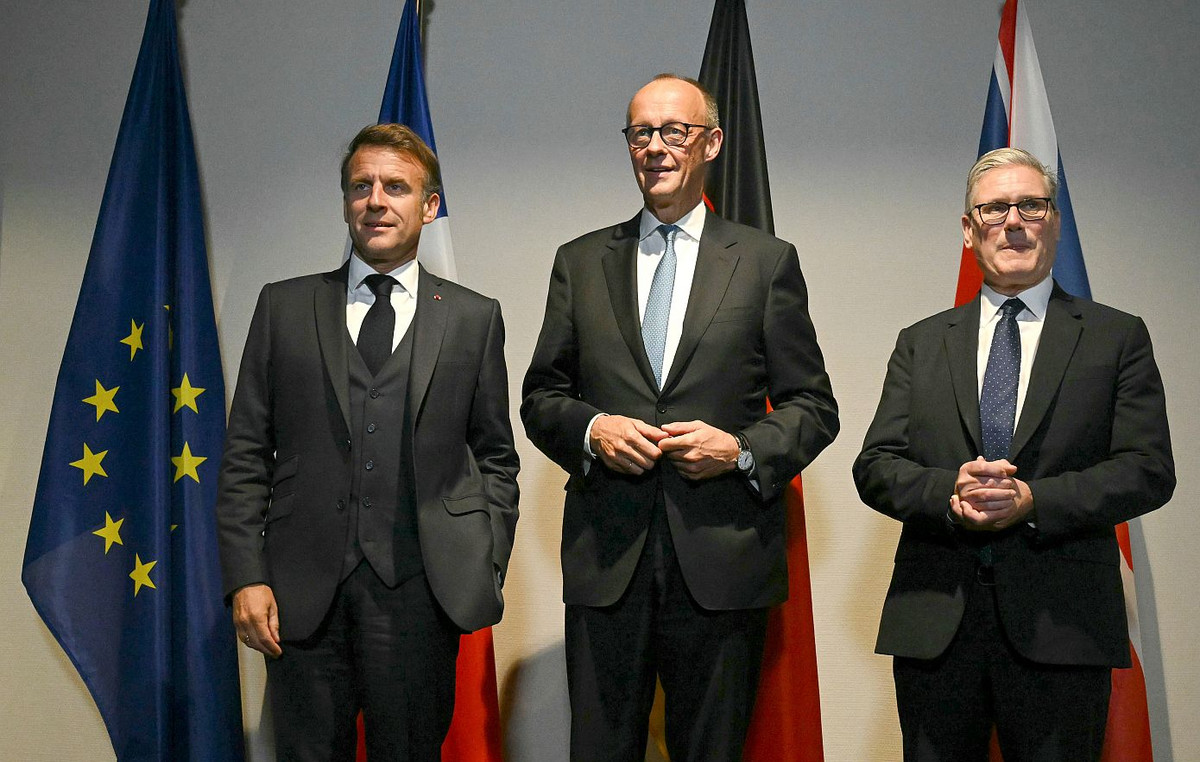10-20 years ago, the mobile market was completely different – there are constant comments on the forums that then it was better (or at least more diverse). Manufacturers competed closely with each other, trying to invent a form factor, technology or function that the rest did not yet have. Another approach to defeating the competition was different – to achieve the best performance, coupled with useful features at an adequate price. Thanks to all these factors, very successful models were born, which surpassed competitors in their popularity and sold tens of millions. This article is just about such mobile phones – the most popular in the zero years.
💡 It is not possible to find the exact sales of each of the models for a particular year, so the devices are mentioned by the date of the presentation, and the number of units sold is indicated for the entire time.
2000: Nokia 3310
126 million units sold
This phone, it would seem, needs no introduction – thanks to memes on the Internet, it is still remembered. However, durability was not at all the factor that made the Nokia 3310 one of the best-selling in history. In the early years of sales, this model was really interesting to buy due to the combination of features and relatively low price: it had vibration (a feature of the flagships of the time), an antenna inside the case (with a really good level of network pickup, unlike competitors) and, at the end after all, good built-in games (not only “Snake”, but, for example, the long complex game Space Impact).
💡 Interesting fact: The Nokia 3310 left such a big mark on history that Finland made a national emoji in the form of this phone.
2002: Nokia 6100
15 million units sold
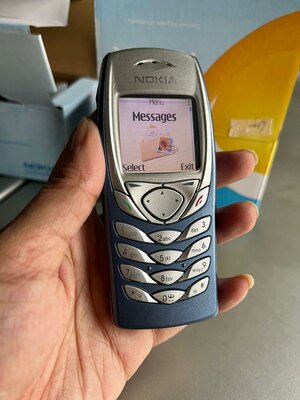
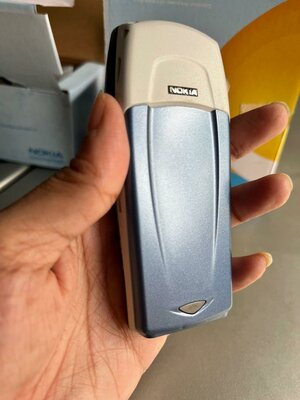
This model became the thinnest in the Nokia catalog of that time among 12-button mobile phones and one of the lightest – only 76 grams. Of course, this could not fail to attract buyers, as well as technologies such as Internet access (GPRS) and infrared port – especially considering that the Nokia 6100 was sold at an average price. However, it was not without drawbacks: the buttons were quite small, which made it difficult for older people and those with large fingers to use.
💡 Interesting fact: in addition to the Nokia 6100, the Nokia 6610 and 3510 were released in 2002, which also sold 15 million units. However, Nokia 6100 has become, perhaps, the most interesting model.
2003 Nokia 1100
250 million units sold
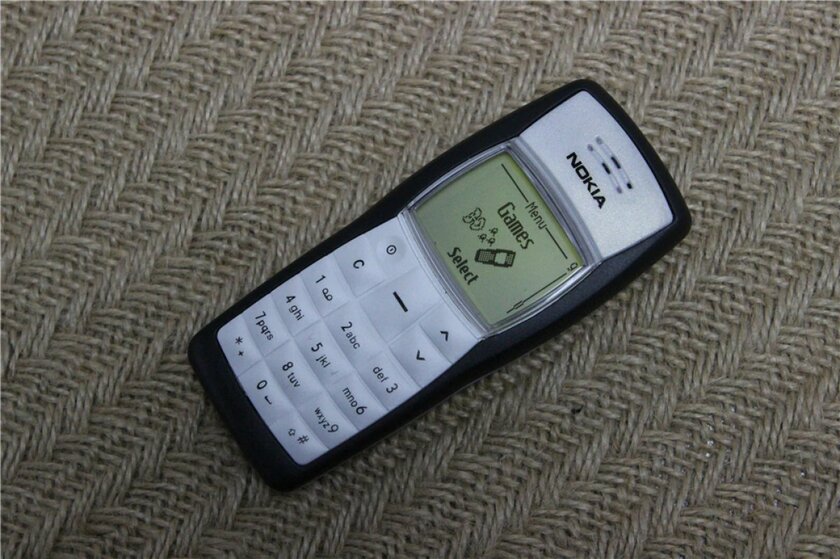
250 million units – an absolute record among all phones and smartphones ever sold. It is especially indicative that the Nokia 1100 did not become some kind of innovative mobile phone with a huge number of advanced technologies, it is quite the opposite – it is the cheapest Nokia model at the time of release. It was aimed at developing markets, that is, for users who need only basic functions like sending SMS messages, setting alarms, creating reminders and … turning on a flashlight. The groundwork for certain markets was manifested not only in price and characteristics, but also in the case (prepared for not the most comfortable climate). The Finnish brand has made the front panel and buttons of the Nokia 1100 as dustproof as possible, and the side edges are tenacious even in wet weather.
💡 Interesting fact: Nokia 1100 became the billionth sold phone of the company – it was bought in Nigeria in 2005.
2004 Motorola RAZR V3
130 million units sold
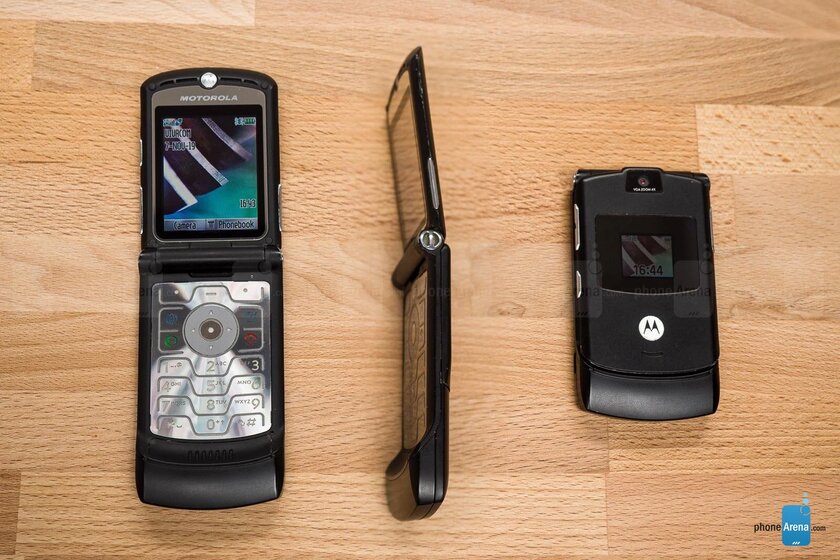
Unusual gadgets rarely make the lists of the best-selling devices, but the Motorola RAZR V3 is an exception. This clamshell differed from all others in its appearance: the thinnest case at that time (14 mm when folded) and the use of metal alloys (moreover, space ones, since only they had the necessary strength and lightness). Due to its characteristics, the phone was named RAZR (short for razor – “razor”). The RAZR V3 turned out to be so successful and interesting that it managed to bring Motorola’s mobile division of cell phones out of a loss – it began to make a profit again.
💡 Interesting fact: despite the desire to use as much metal as possible in the construction of the phone, the engineers had to resort to a plastic (but chrome) keyboard – to reduce weight (95 grams).
2005: Nokia 1110
250 million units sold
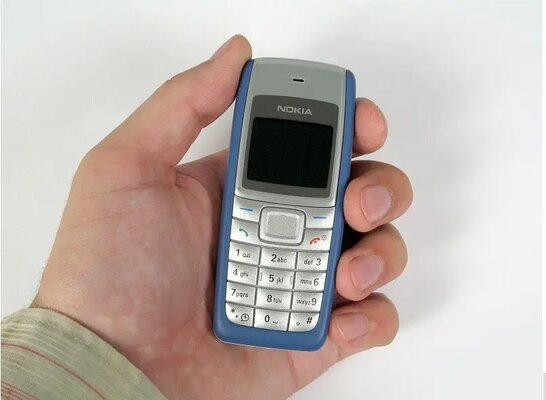

Nokia 1110 is the ideological successor of the Nokia 1100 from 2003 described above, that is, it was the cheapest phone for the most undemanding users. The manufacturer’s idea worked for the second time, and Nokia 1110 also reached an all-time sales record – 250 million units purchased. Despite the low price, the model had interchangeable Xpress-On panels in different colors (however, because of this, the case creaked even with slight pressure). The Nokia 1110 also stood out for its inverted display (monochrome with yellow backlighting) – the background is dark and the inscriptions are light. Thanks to this solution, the screen is perfectly readable even in direct sunlight.
💡 Interesting fact: The Nokia 1110’s inverted screen was the main snag of the model, as it was unusual for many people. The Finnish manufacturer did not follow the path of Alcatel and did not allow owners to choose the type of display in the settings (inverted or normal).
2006 Nokia 6300
47 million units sold
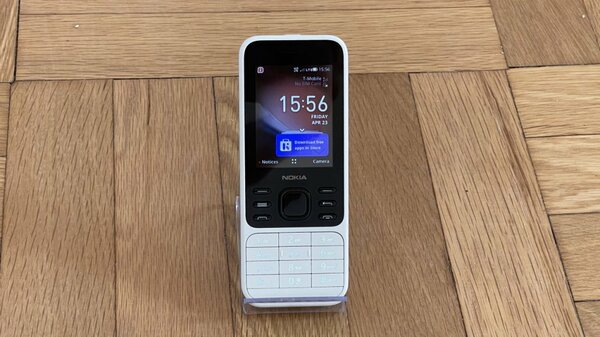
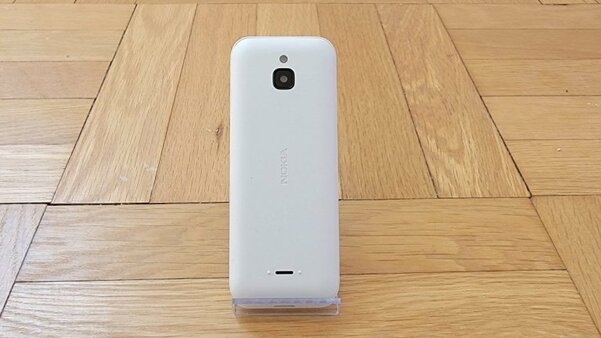
Nokia 6300 has become a favorite among buyers and has become very popular due to its good assembly, high-quality materials, rich functionality and reasonable price. Being a strong middle peasant, this model offered a thin (11.7 mm) case made of durable stainless steel, on the side faces of which there were slowly blinking indicators signaling missed calls or messages. The Nokia 6300 was based on the Series 40 platform, thanks to the support of memory cards it could be used as an MP3 and MP4 player. Nokia’s proprietary PC Suite program for PCs could even convert MP3s to e-AAC to fit more content on the microSD.
💡 Interesting fact: although the Nokia 6300 had a miniUSB connector, it was used only for data transfer. The charging port was a proprietary Pop-Port.
2007 Nokia 1200
150 million units sold

This is another Nokia model of the ultra-budget 1st series, which turned out to be incredibly popular. The company has already managed to form a formula for success: such models should be cheap, durable and with enviable offline autonomy (since many people bought such mobile phones as second phones or vacation gadgets so that they would not be too sorry to lose). This is exactly what the Nokia 1200 turned out to be, which undoubtedly determined its success.
💡 Interesting fact: Despite the low price, users noted the very high quality of the Nokia 1200 connection – at the level of modern GSM phones of those years, and sometimes even better.
2008: LG KP100
30 million units sold
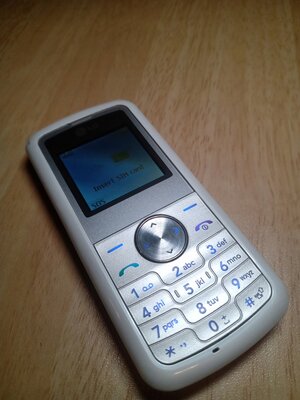
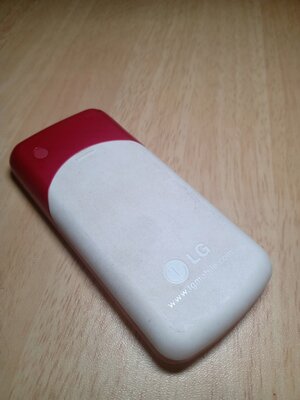
In our countries, the LG KP100 was not particularly popular, but this does not apply to the rest of the world (especially India and Latin America, where the phone was originally sold). Like other budget models, this one did not stand out in any way: a nice body, support for basic functions, and an FM radio. It was only attracted by the long autonomy – 6.5 hours of talk time and 630 hours of standby time.
💡 Interesting fact: after seeing the success of the KP100, LG subsequently released the rather similar KP105, KP106, KP107 and KP108. Thanks to this, buyers could buy, roughly speaking, the same smartphone in 15 different colors.
2009: Nokia 5230
150 million units sold
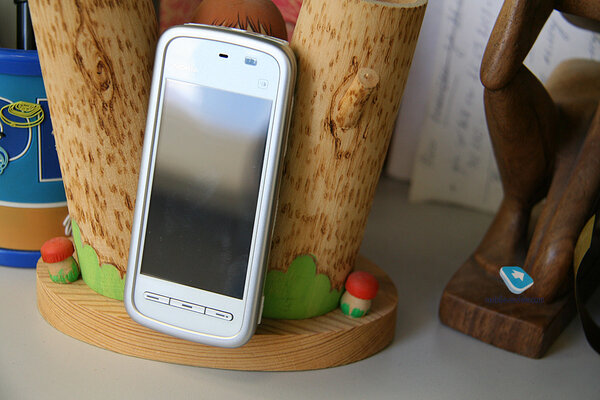
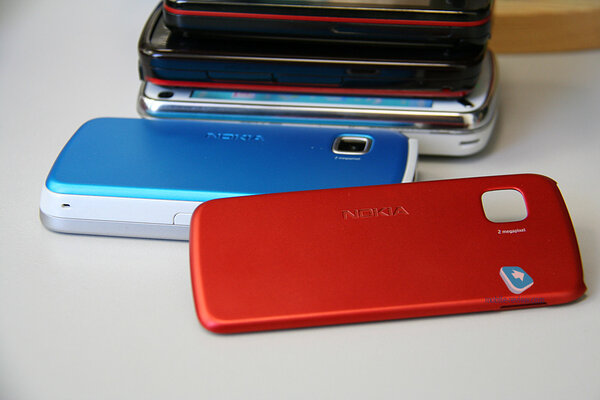
Nokia 5230 was conceived as a budget alternative to the 5800 model, and as a result, it turned out to be almost the cheapest touch smartphone at the time of release. This provided him with stunning sales, especially in Russia, which has become one of the key markets for this model. The touch screen and the Symbian 9.4 operating system were not the only advantages of the smartphone – it had no obvious weaknesses, even in comparison with the more expensive Nokia 5530 and 5800. As a result, more than 4 times higher sales than the iPhone 3GS of the same year (35 million), and more than 10 times higher sales than the LG KP500 in third place (13 million).
💡 Interesting fact: Nokia 5230 was supplied in two variants: with Nokia Comes with Music service and without. In Russia, the first version was sold for 225 euros, while in other countries the version without the music program was estimated at 149 euros. It is noteworthy that at the time of the start of sales of Nokia 5230, model 5235 was announced – a completely identical smartphone with a pre-installed service (without the right to choose), but priced much cheaper – at 149 euros.
Source: Trash Box
Donald-43Westbrook, a distinguished contributor at worldstockmarket, is celebrated for his exceptional prowess in article writing. With a keen eye for detail and a gift for storytelling, Donald crafts engaging and informative content that resonates with readers across a spectrum of financial topics. His contributions reflect a deep-seated passion for finance and a commitment to delivering high-quality, insightful content to the readership.






